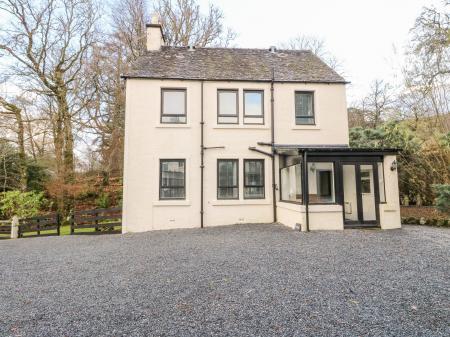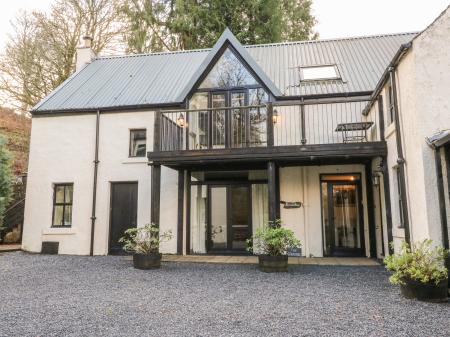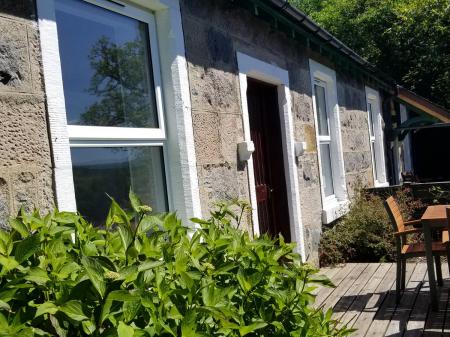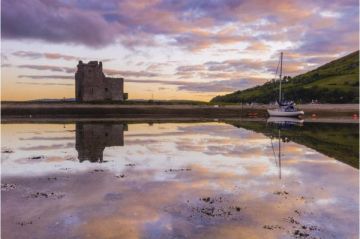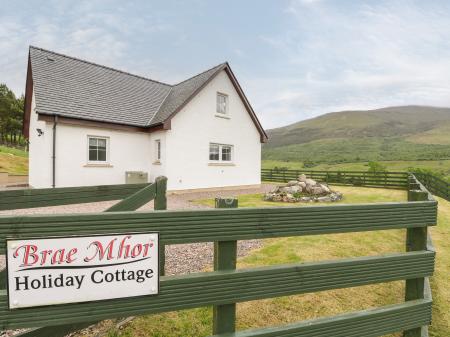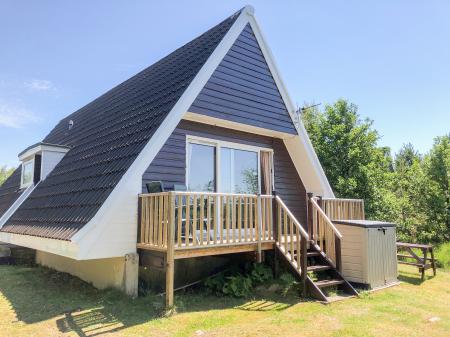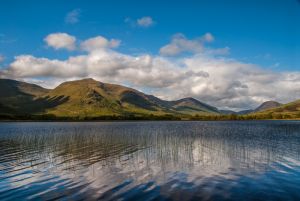
What to See
Kilchurn Castle
One of the most scenic castles in Scotland, located on a narrow neck of land jutting into the loch. The castle was nominally begun in 1440 by Sir Colin Campbell of Glenorchy, but in reality, the project was guided by his wife Margaret Campbell. Kilchurn was besieged by Royalist soldiers in 1654, and again in 1685 by the Earl of Argyll. The castle was transformed in the 18th century into a military fort, housing a large garrison of government soldiers. It is now in the care of Historic Scotland.
St Conan's Kirk
A remarkable architectural gem on the shore of the loch at Lochawe village, St Conan's Kirk was begun by Walter Douglas Campbell in 1907 and finished by his sister Hannah. Campbell designed the church and included every style from Norman to Victorian. The centrepiece is a monument to King Robert Bruce, with a huge effigy lying above an ossuary holding a bone from Bruce's skeleton. More historic interest is added by ancient carved stones from Iona, incorporated into the nave walls.
Cruachan Hydro Power Station
Near Lochawe village is a water-fed power station with a turbine hall built inside the mountain of Ben Cruachan. The turbines are fed from a reservoir on top of the mountain and the outflow goes into Loch Awe. You can take a guided tour inside the mountain to see the huge turbine hall.
Our family has taken the tour and the thing I recall most was the massive scale of the turbines. It truly is an impressive sight to realize you are inside a large mountain, in a man-made chamber, with 4 massive turbines generating power from the force of water rushing down through the mountain itself.
Bonawe Iron Furnace
A restored charcoal-fired ironworks located near Taynuilt. Bonawe was established in 1753 by iron-masters from Cumbria, who utilised the readily available wood from Argyll's forests to make charcoal, which was then used to smelt iron. At the height of its prosperity Bonawe produced 700 tons of pig iron each year. Most famously iron from Bonawe was used to create the first monument to Admiral Nelson after his death at the Battle of Trafalgar in 1805. Find out how iron was made, see the complete furnace, and look inside the huge charcoal sheds.
Ardchonnell Castle
This little known island-bound castle stands on a small, wooded island off the eastern shore of Loch Awe, near Divach. Until the late 16th century Ardchonnell (also known as Inis Chonnel) was a stronghold of the Campbell clan. The core of the castle dates to the 13th century, with 15th century rages. Very little is known of the castle's history, and it was in a ruinous state by the early 19th century. There is no public access so you are limited to viewing the castle from the shore.
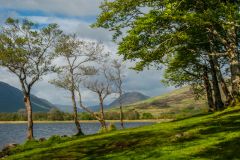
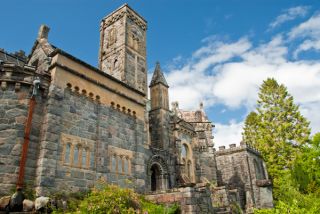
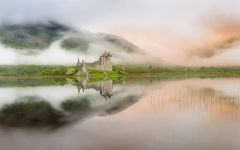
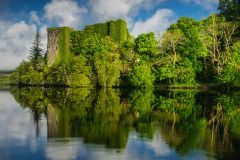
 We've 'tagged' this attraction information to help you find related historic attractions and learn more about major time periods mentioned.
We've 'tagged' this attraction information to help you find related historic attractions and learn more about major time periods mentioned.